- The Community College of Rhode Island is the state’s only public comprehensive associate degree-granting institution. We provide affordable open access to higher education at locations throughout the state. Our primary mission is to offer recent high school graduates and returning adults the opportunity to acquire the knowledge and skills necessary for intellectual, professional and personal growth through an array of academic, career and lifelong learning programs. We meet the wide-ranging educational needs of our diverse student population, building on our rich tradition of excellence in teaching and our dedication to all students with the ability and motivation to succeed. We set high academic standards necessary for transfer and career success, champion diversity, respond to community needs, and contribute to our state’s economic development and the region’s workforce.
School Highlights
Community College of Rhode Island serves 16,371 students (31% of students are full-time).
The college's student:teacher ratio of 17:1 is same as the state community college average of 17:1.
Minority enrollment is 53% of the student body (majority Hispanic), which is less than the state average of 57%.
Quick Stats (2025)
- Enrollment: 16,371 students
- In-state tuition: $3,950
- Out-state tuition: $10,582
- Student:teacher ratio: 17:1
- Minority enrollment: 53%
- Source: Integrated Postsecondary Education Data System (IPEDS)
School Overview
The teacher population of 938 teachers has stayed relatively flat over five years.
Community College of Rhode Island
(RI) Community College Avg.
Carnegie Classification
Associate's Colleges: High Transfer-High Traditional
Master's Colleges & Universities: Small Programs
Institution Level
At least 2 but less than 4 years
At least 2 but less than 4 years
Institution Control
Public
Private not-for-profit
Total Faculty
938 staff
314 staff

School Calendar
Student Body
The student population of Community College of Rhode Island has grown by 10% over five years.
The student:teacher ratio of 17:1 has increased from 15:1 over five years.
The Community College of Rhode Island diversity score of 0.69 is less than the state average of 0.74. The school's diversity has grown by 7% over five years.
Total Enrollment
16,371 students
2,349 students
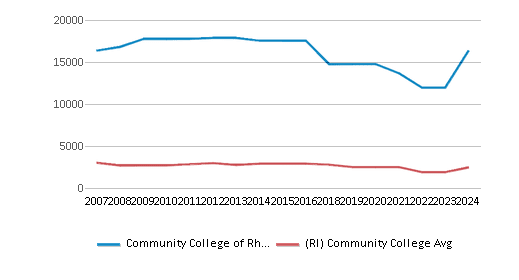
Student : Teacher Ratio
17:1
17:1

# Full-Time Students
5,111 students
721 students
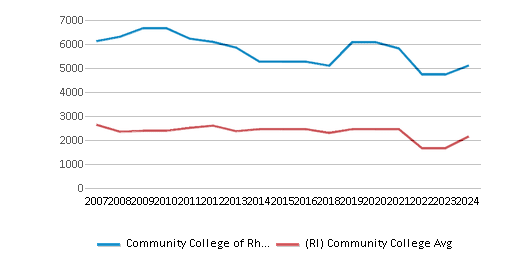
# Part-Time Students
11,260 students
1,628 students
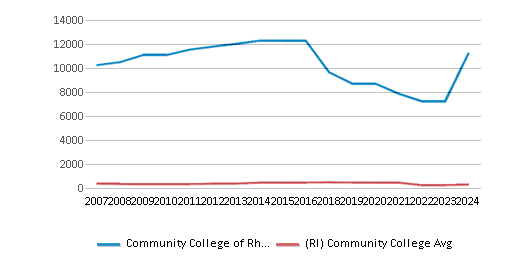
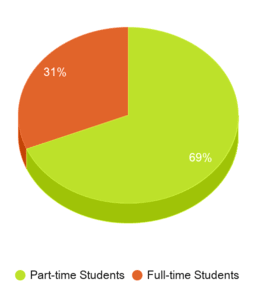
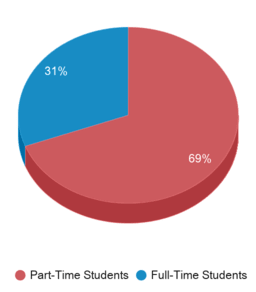
# Enrollment Undergraduate
163 students
227 students
# Full-Time Undergraduate Students
5,111 students
500 students

# Full-Time Graduate Students
n/a
165 students
# Part-Time Undergraduate Students
11,260 students
1,071 students
# Part-Time Graduate Students
n/a
25 students
% American Indian/Alaskan
n/a
n/a
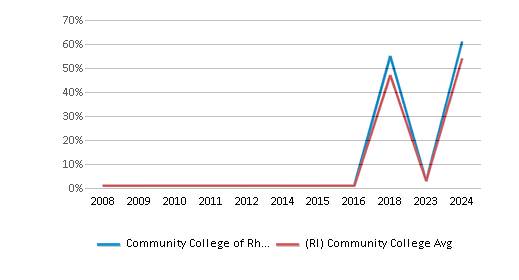
% Asian
3%
5%
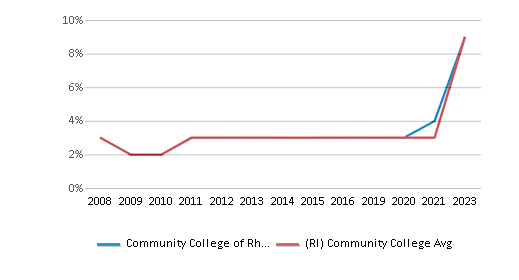
% Hispanic
27%
22%
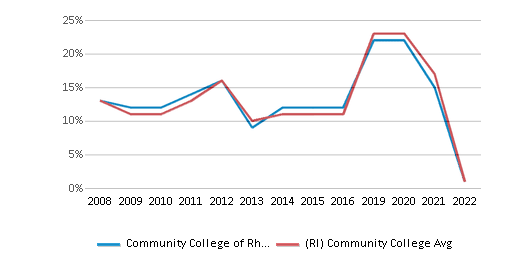
% Black
11%
11%
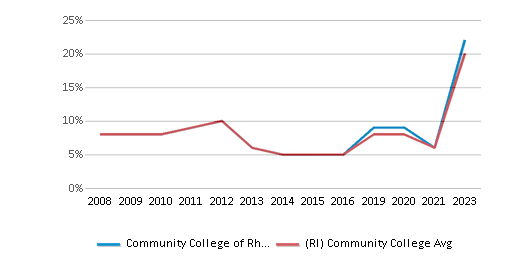
% White
47%
43%
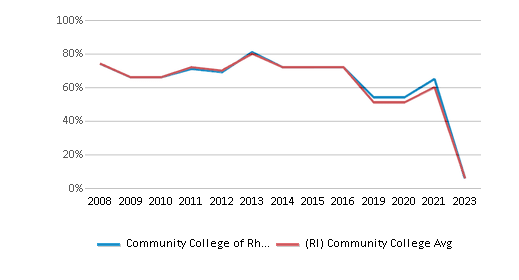
% Hawaiian
n/a
6%
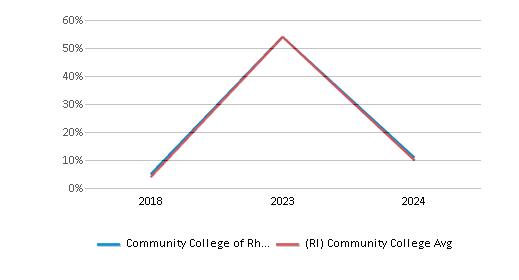
% Two or more races
7%
7%
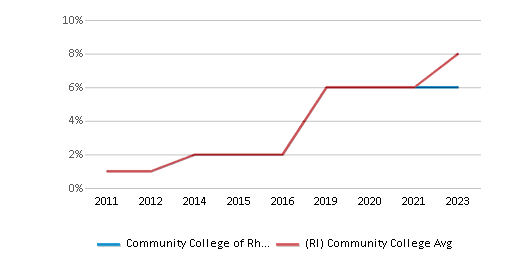
% Non Resident races
n/a
n/a

% Unknown races
4%
6%
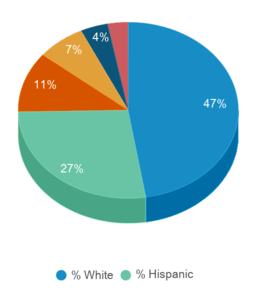
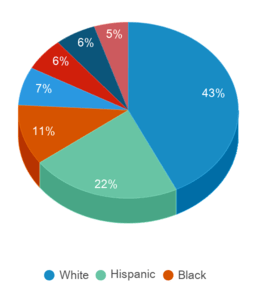
Diversity Score
0.69
0.74

College Completion Rate (Students who graduate in less than 4 years)
0.2364%
0.2364%
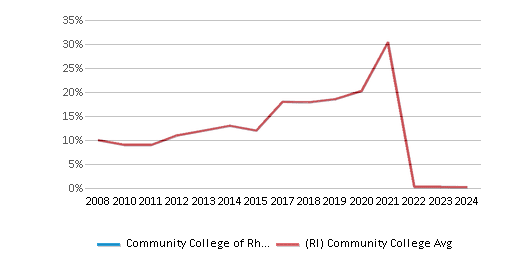
College Completion Rate (Students who graduate in 4 years or more than 4 years)
n/a
0.5023%
Average Graduate Earnings (10 Years)
$33,000
$33,000
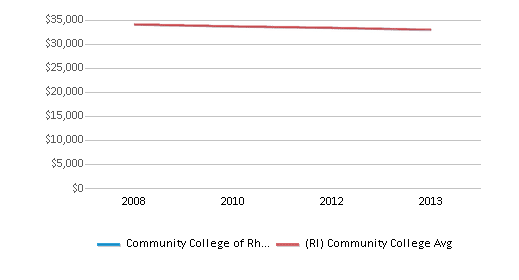
Tuition and Acceptance Rate
The public in-state tuition of $3,950 is equal to the state average of $3,950. The in-state tuition has declined by 17% over four years.
The public out-state tuition of $10,582 is equal to the state average of $10,582. The out-state tuition has declined by 17% over four years.
In-State Tuition Fees
$3,950
$3,950
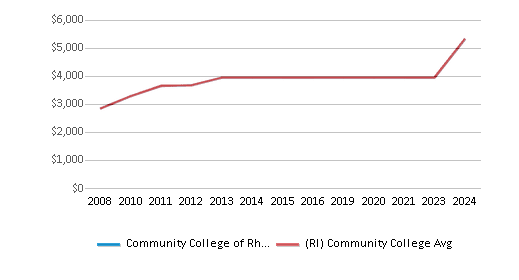
Out-State Tuition Fees
$10,582
$10,582
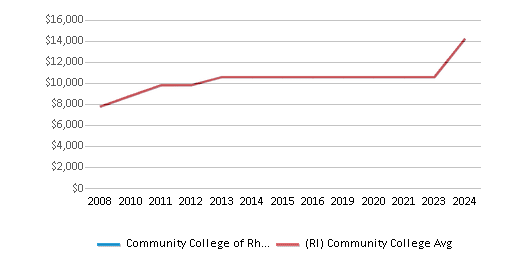
% Students Receiving Some Financial Aid
96%
83%
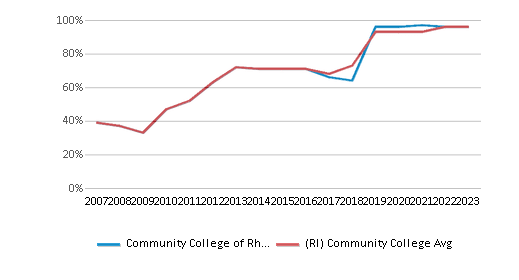
Median Debt for Graduates
$11,000
$11,000

Median Debt for Dropouts
$5,500
$5,500
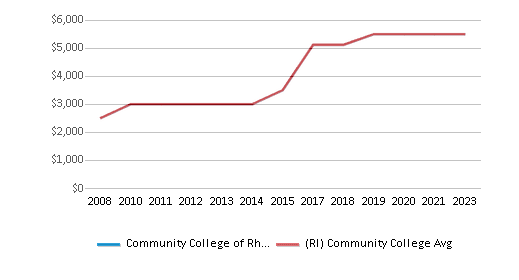
Acceptance Rate
n/a
59%
Source: 2024 (or latest year available) Integrated Postsecondary Education Data System (IPEDS)
School Notes
- In January, 1960, the Rhode Island Junior College state system was established by an act of the Rhode Island General Assembly. The legislation closely followed the recommendation of a Commission to Study Higher Education, which called for the establishment of a statewide system of junior college campuses with facilities in the Pawtuxet Valley, Blackstone Valley and Mount Hope areas of Rhode Island. The Knight Campus is located on 205 acres adjacent to Routes 95 and 295 in Warwick. All academic facilities at this campus are housed under one roof, a futuristic megastructure which encourages social, educational and cultural exchanges among the entire student body. The design of the megastructure reflects the philosophy of the Community College of Rhode Island, which stresses interaction among students from all fields of study. Athletic facilities are located in a separate field house. Community College of Rhode Island offers programs in academic and vocational-technical areas as well as a full complement of programs and services for full and part-time students, for recent high school graduates and for older, adult learners. Community College of Rhode Island grants the Associate in Arts (A.A.), the Associate in Science (A.S.), the Associate in Applied Science (A.A.S.), the Associate in Applied Science in Technical Studies (A.A.S.-T.S.) and the Associate in Fine Arts (A.F.A.) degrees. Several one-year certificates are also awarded.
Frequently Asked Questions
How much does Community College of Rhode Island cost?
Community College of Rhode Island's tuition is approximately $3,950 for In-State students and $10,582 for Out-State students.
What schools are Community College of Rhode Island often compared to?
Community College of Rhode Islandis often viewed alongside schools like New England Institute of Technology by visitors of our site.
Recent Articles

Obtaining Your Bachelor's Degree at a Community College
Explore the evolving landscape of community colleges offering bachelor's degrees, addressing affordability, accessibility, and workforce needs.

A to Z of Community College Certificates and Courses
From business and healthcare to technology and skilled trades, the article showcases the breadth of options available to students seeking to enhance their knowledge, develop new skills, or pursue career advancement.

What is a Community College?
This comprehensive guide explains what a community college is, its history, and its role in higher education. It covers the types of programs offered, differences from four-year colleges, benefits of attending, and important considerations for prospective students, providing valuable insights for those exploring educational options.











